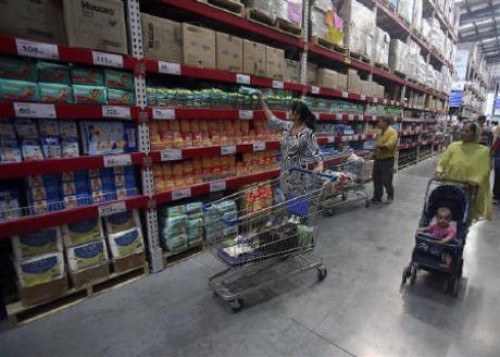Published on 12/12/2020 11:58:06 AM | Source: Motilal Oswal Financial Services Ltd

Follow us Now on Telegram ! Get daily 10 - 12 important updates on Business, Finance and Investment. Join our Telegram Channel https://t.me/InvestmentGuruIndia
Download Telegram App before Joining the Channel
Indian AC industry: Time to scale up
The Government of India released a notification dated 15th October 2020 to effectively ban the import of ready-to-install air conditioners. Here are our thoughts on the development:
* India bans ACs with refrigerants: In a surprising move, India banned the import of air conditioners – both split and window – with refrigerants. Notably, total imports under the banned HS Code of 84151010 & 84151090 stood at INR36b in FY20. The Indian AC industry is sized at INR180–200b, with INR45b of finished goods imports and a similar value of component imports. Thereby, the industry’s total import dependency is ~50%. The HS Code pertains largely to CBUs (Completely Built Units) and ODUs (Outdoor Units).
* Clear indication to industry to ramp-up Make in India efforts: While some action on restrictions on AC imports was anticipated, the total ban appears to be a stricter step. Import duty hikes were expected on components and finished goods, moving toward gradual import substitution. We view this as a clear signal to the industry to scale up Make in India efforts. We expect more announcements to curb loopholes such as unbundling. This may be a near-term disruption for the industry, but a very good move over the longer term from the industry evolution perspective.
* Move could prove disruptive for industry: While one may argue that the industry could unbundle and continue with imports, our understanding is that such a step may lead to input cost pressures, thereby eroding the economic sense. Also, we view the sudden ban as a precursor to more announcements from the government, including the raising of import duties on components as well. Thus, we would like to believe that over the next 5–7 years, India would perhaps be able to reduce its import dependency to almost nil.
* Medium-term impact – beneficial for OEMs and leading brands: India’s AC industry is highly competitive, with 35–40 brands playing the penetration story in India. While the Top 6 players enjoy 75–80% market share, the tail end forms the remainder and largely operates on a trading business model. We believe such business models would be massively impacted as India shifts toward becoming more self-reliant in the AC industry. In the short run, this would imply greater business to OEMs (tail-end players would opt for Indian OEMs at first) as well as consolidation-led gains for leading brands (Top 5–6 players). We note that some of the brands (Panasonic, IFB, etc.) are also contemplating offering their excess capacities to other brands. (Also, refer to later sections for takeaways from Amber Enterprises Conference Call).
* Expect complete revamp in industry’s functioning in longer term: Near-term gains notwithstanding, over the longer term, we see disruption even for leading brands. Note that the business models of the Top 5–6 players also vary drastically. In fact, leading brand Voltas is also highly flexible with its sourcing strategy. We see capital intensity going up for leading brands as well. However, we note that some brands have already set up their factories in India. Thus, such disruption may allow them to regain some lost ground v/s leader Voltas. Thus, even Voltas would have to adjust its business model to maintain its leadership position.
To Read Complete Report & Disclaimer Click Here
For More Motilal Oswal Securities Ltd Disclaimer http://www.motilaloswal.com/MOSLdisclaimer/disclaimer.html SEBI Registration number is INH000000412
Above views are of the author and not of the website kindly read disclaimer